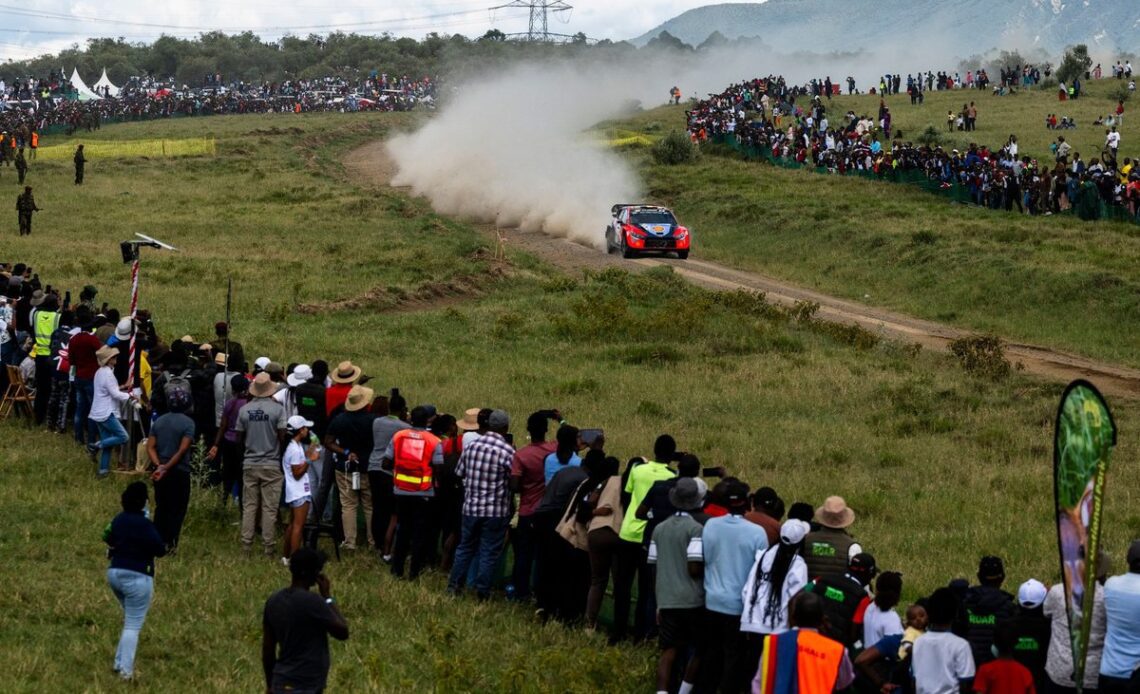The WRC is at a critical crossroads as it strives for growth – in terms of manufacturers competing and widening its fanbase – to realise its huge potential. When it comes to spectacular motorsport, few can rival what the WRC can deliver thanks to the superhuman talents that tackle the world’s most challenging roads in the most diverse of environments. Be it snow, gravel or asphalt, come rain or shine, it’s a sight that, at times, is barely believable.
But there is no hiding from the fact that forward-thinking changes are required in technical, sporting and promotion facets. A top-tier entry list struggling to reach double figures with Toyota, Hyundai and Ford, represented through M-Sport, is perhaps the clearest visible indication that action is required. Drivers, teams, the promoter, the FIA and fans all agree on this point.
However, transforming the WRC’s current weaknesses and turning them into strengths is an incredibly complex job. It requires a 360-degree strategy that can adapt to the rapidly changing world we live in. The automotive market is in a state of flux concerning which future methods of propulsion to focus on, there are sustainability and diversity factors to consider, as well as how the next generation of fans consume sport.
Following a 2023 season in which drivers led the charge in raising concerns regarding the championship’s direction, the FIA has taken action. Assisted by a working group led by FIA deputy president Robert Reid and former WRC team boss David Richards, it decided to “evaluate and recommend the future direction of rallying” and has revealed plans for widespread reforms. This will cover not only the technical and sporting regulations but also the championship’s promotion. A selection of changes could come into force next year if ratified by the World Motor Sport Council in June.
The consensus regarding the sporting proposals, which include allowing event organisers to be more flexible with event formats, and the FIA’s move to create a new team focused on improving promotion has been met positively. But it’s the FIA’s vision on technical rules that have caused the most ire among teams and drivers.
Put simply, Rally1 cars in their current guise will no longer see out the original homologation window from 2022-26. Instead, the FIA’s plan, yet to be voted on, intends to remove the control hybrid units from the cars and bring the performance levels towards Rally2 cars…
Click Here to Read the Full Original Article at Motorsport.com – RALLY – Stories…

